Have you noticed that the water does not drain quickly when you shower? Or maybe the drain gets clogged for no reason? You might have heard that the shower drain should be vented, but you're not sure how to do it. We're here to give you a step-by-step guide for this task based on our research.
You should install the vent outside the shower room. Follow these steps:
- Locate the drainpipes connected to the shower. Ask for professional assistance because you will need to dig to reveal the pipes.
- Remove the corner pipe between the shower room and the sewer. Check the P-trap and AAV, then replace them if needed.
- Install a two-way pipe where the corner pipe was removed. This will serve as the connecting channel for the vent.
- Connect a standpipe that is at least 15 inches high. If you already have a ventilation system, you may connect the pipes through it.
- Install the ventilation hose on the end of the standpipe, then bend it facing down to keep rain from entering.
- Test the vent by draining water into the shower room. If it works, cover the dug spot again.
Venting a shower drain offers plenty of benefits and keeps you away from possible harm. The plumbing system plays a significant role in directing wastewater into the sewer by the connecting pipes. We have much more to share with you about this topic, so continue reading!
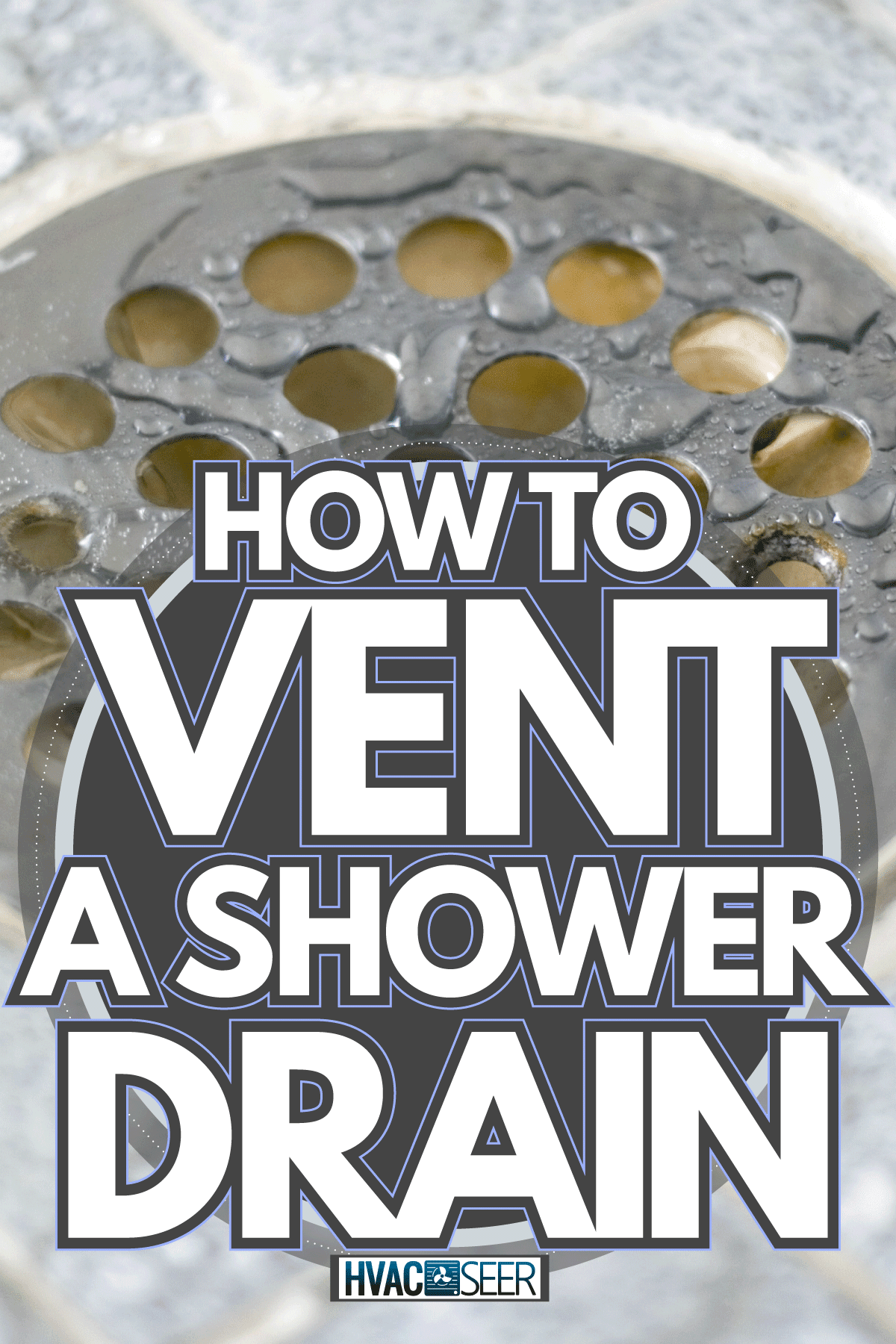
Tools Needed to Vent Shower Drain
See the tools you'll need to vent the shower drain below:
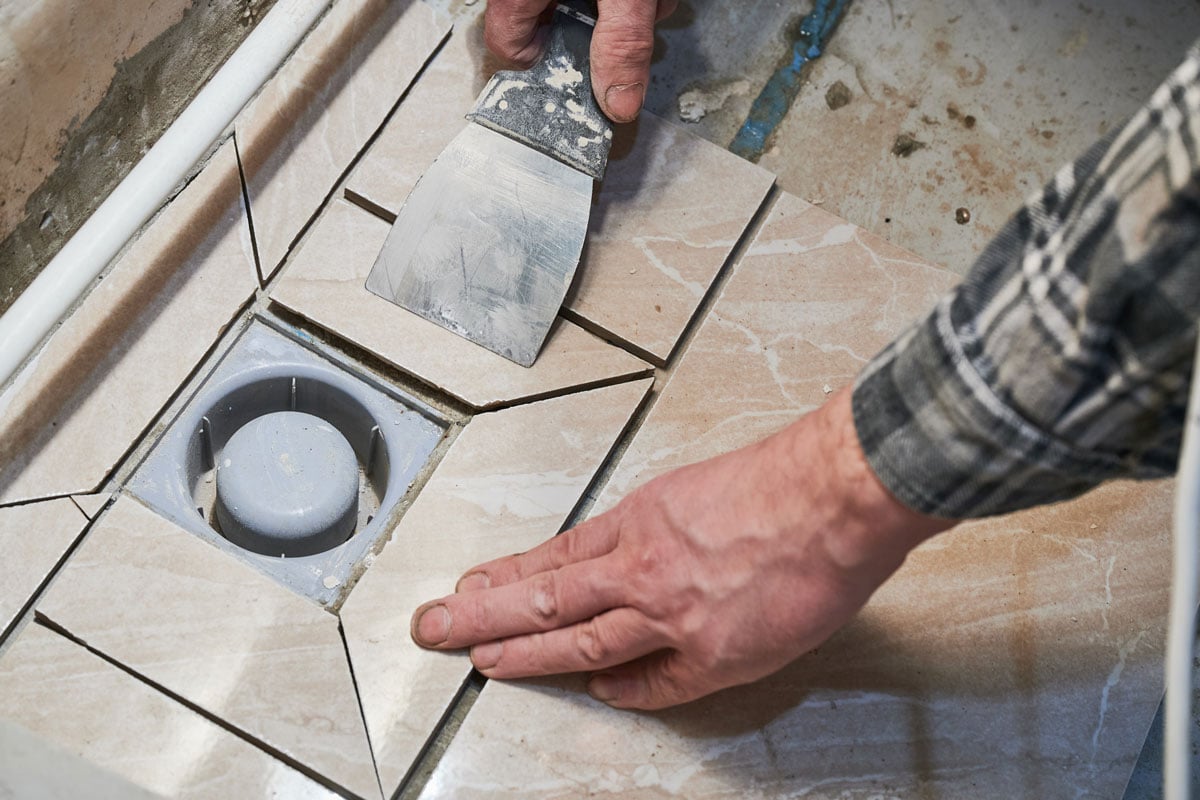
P-Trap
A P-trap is a pipe with a curve to trap water and block sewer gas. This helps in maintaining a clean drain.
AAV (Air Admittance Valve)
An AAV or air admittance valve is installed above the P-trap to lessen and release the air pressure. It can also protect the pipes from bloating and cracking.
Ventilation Hose
The ventilation hose serves as the passageway for sewer gas. It prevents moisture from accumulating inside the pipes.
See this ventilation hose on Amazon.
Two-Way Pipe
Two-way pipes give the wastewater an option to exit in two opposite directions. However, one end should face upward since it's used to vent the drain, while the other end is for the wastewater.
See this two-way pipe on Amazon.
How Important is Shower Drain Vent?
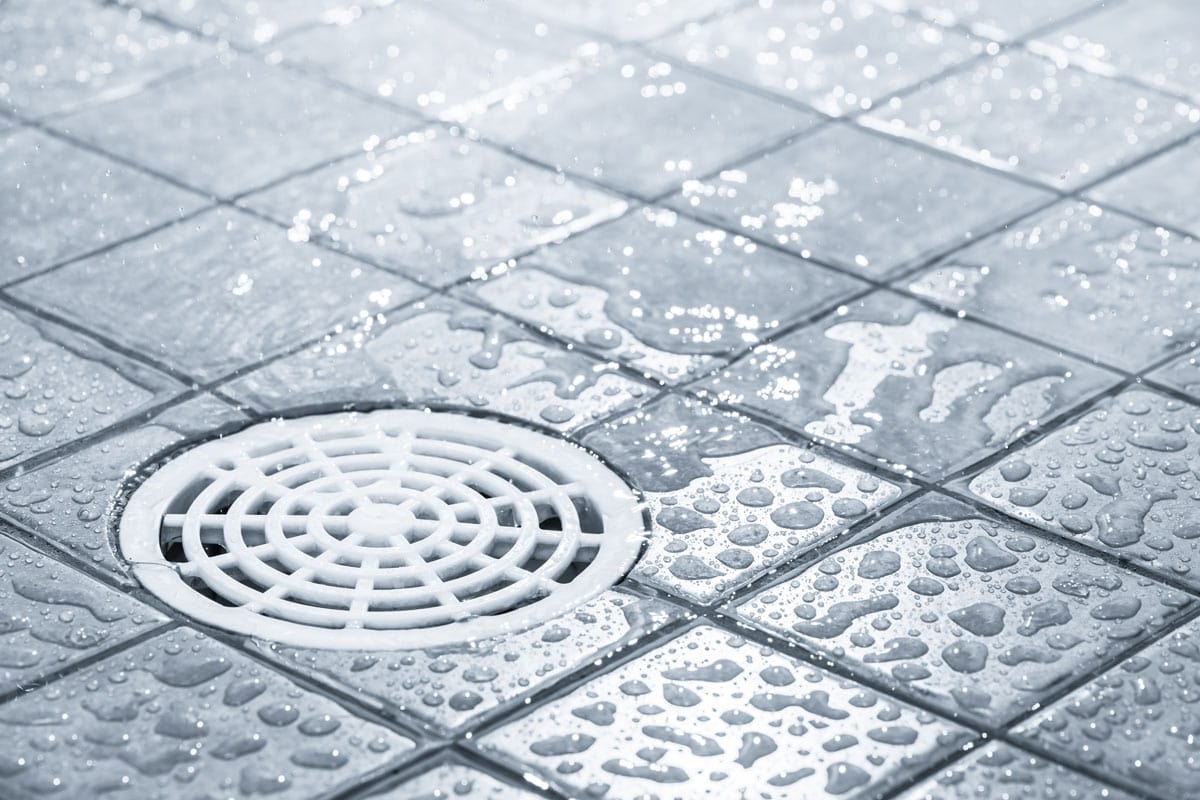
The vent is good for daily use in the shower. If you're not familiar with how it works, read on to learn the reasons why you should vent a shower drain:
Proper Flow System
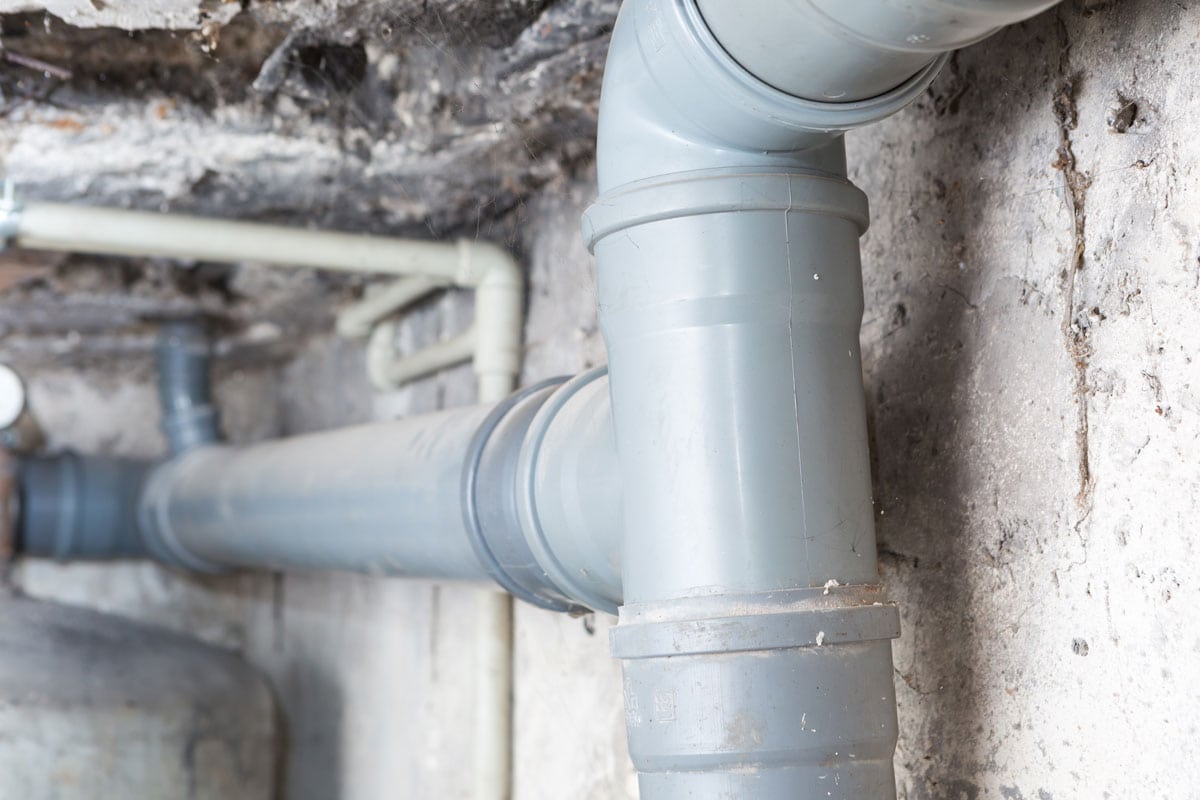
If you didn't vent a shower drain, there'd be less air to support the flow of wastewater. The water requires air pressure for it to drain smoothly. The air from the outside of your home will pass through the pipes and enable the water to flow down the sewer.
Safer Inhalation
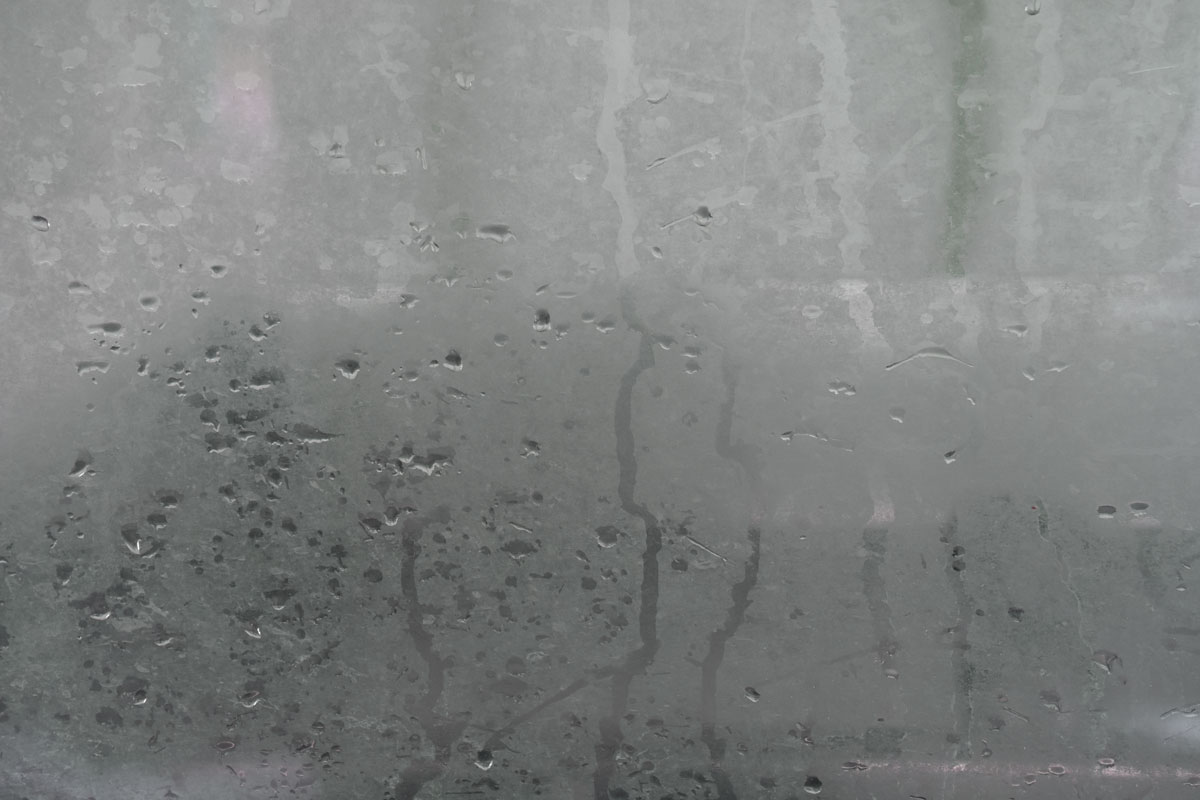
A vent allows the wastewater to evaporate through pipes instead of being trapped in the bathroom. The odor that has accumulated on the drainage will find its way out through any open space that is available. Venting the shower drain will divert the odor from below up to the other end of the pipe.
See this bathroom scent on Amazon.
Fewer Health Risks
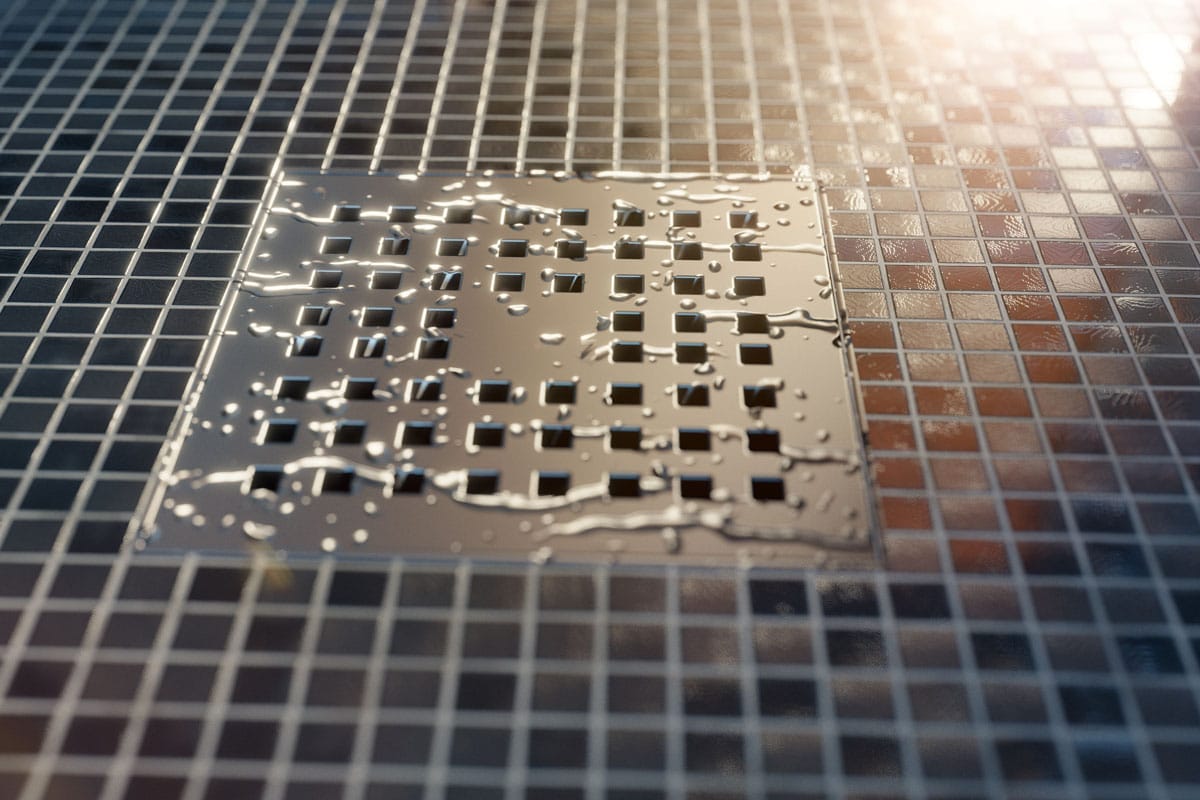
The bathroom is the dirtiest part of the house. Even if you clean it more frequently, the bacteria that live there may reproduce hours after cleaning. However, installing a vent can reduce bacteria that may cause contamination.
The objects inside the bathroom can be contaminated by the sewer gas evaporating from beneath. For instance, leaving your toothbrush in the bathroom for a very long time may cause it to become hard and dark. So when you use it again, it may affect your oral health negatively.
This is why venting the shower drain can prevent health risks.
Significant Air Pressure
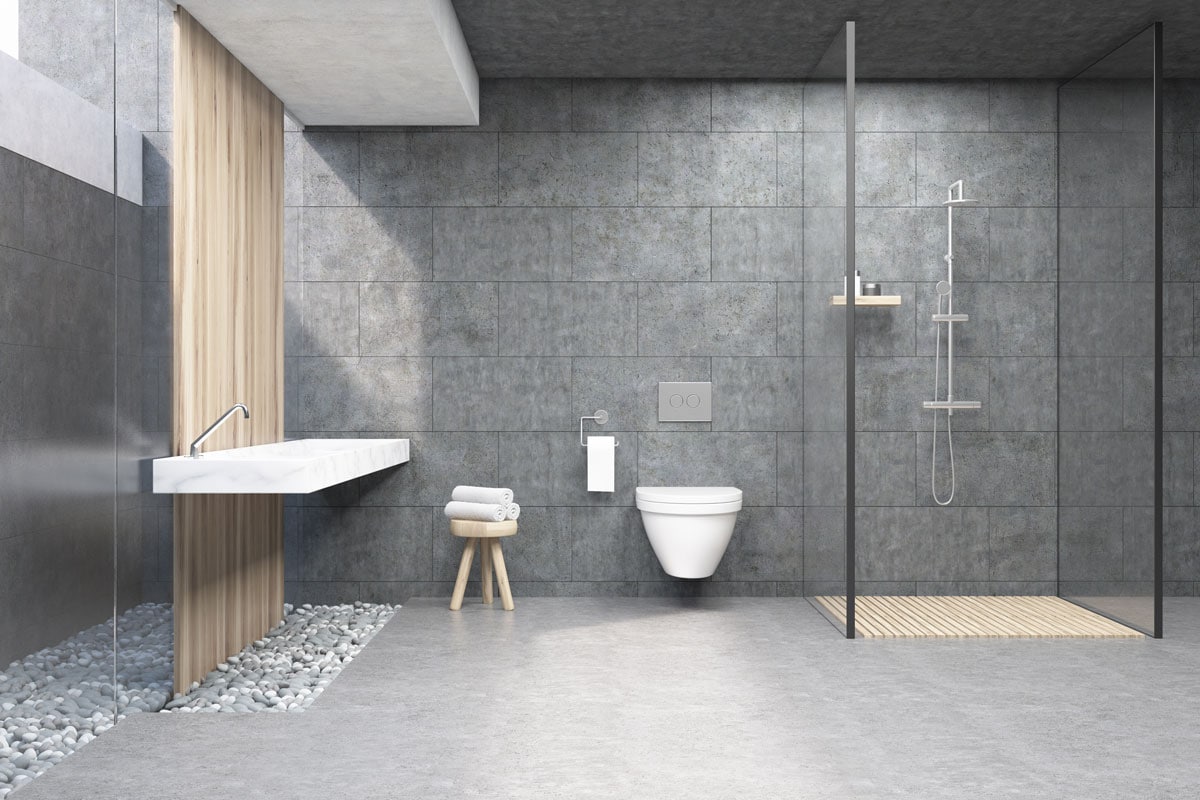
If you don't vent the drain, wastewater may produce an annoying bubbling noise. This may seem harmless, but it is actually a threat to your safety.
This noise may be due to the presence of air in the drainage pipe that has no way to exit. The pipe can break easily because the air will create pressure to escape.
With a vent, the air will exit freely without damaging the pipes. The vent needs only a significant amount of air pressure, whereas if it's trapped inside the pipes, the air pressure will circulate until it finds a way out.
When Should Shower Drain Be Vented?
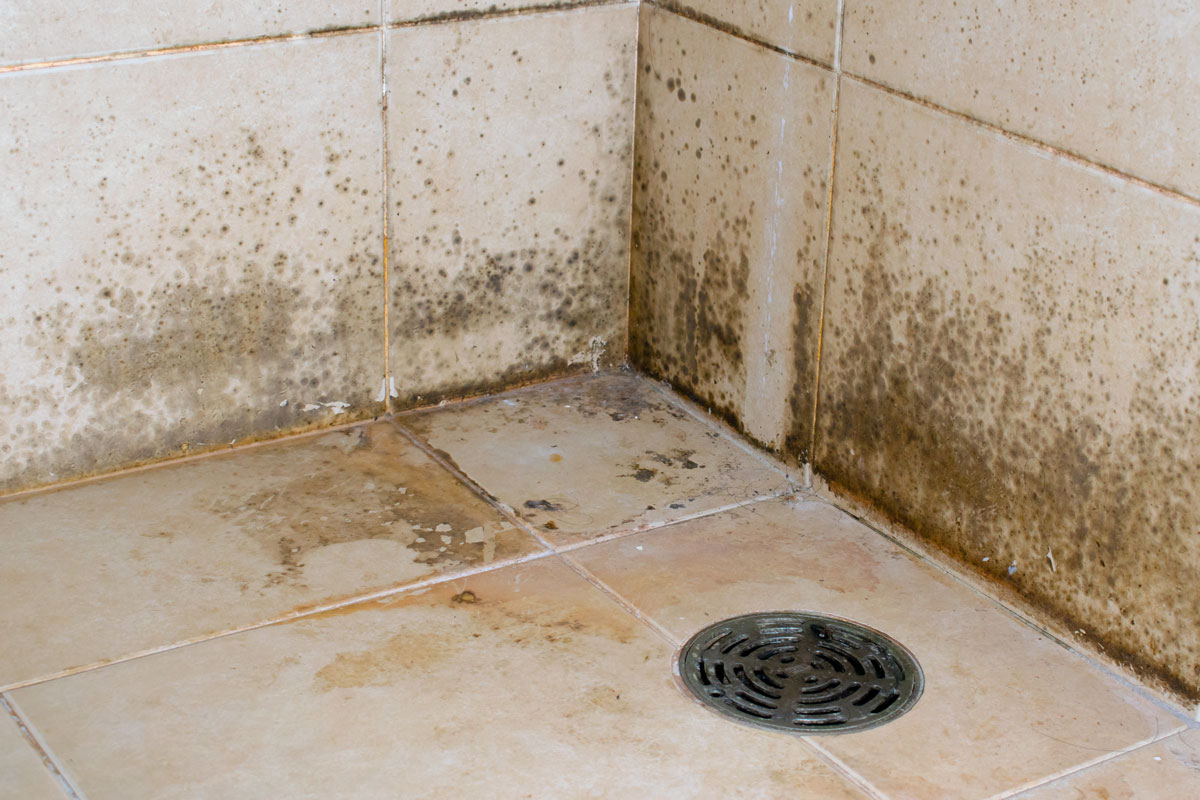
Ideally, you should vent the shower drain during the construction of the bathroom. However, you'll need an expert, like a plumber, to help you vent the drain into an existing shower area. The plumber will install an extension pipe connecting the drainage up above the roof or through walls.
How High Should the Vent Be?
The vent should not exceed 40 inches. This measurement is good for maintaining air pressure. If the vent is too high, the pressure might decrease as the air reaches the drainage.
However, the vent should not be shorter than 24 inches. The height of the vent indicates the essential amount of air pressure needed to make the wastewater flow smoothly.
Types of Vent Pipes
There are three types of vent pipes. These types differ in the arrangement of pipes, but they can still be connected to each other. For instance, you can connect the shower drain, sink, and toilet to help air pressure unclog each other's pipes.
See the detailed characteristics of the three types of vent pipes below:
Common or Shared Vent
A common vent simply shares the same pipes on both sides of the wall. This is usually found in mall restrooms. For instance, the drainage pipes of a male restroom and a female restroom both meet in a cross-section of the pipe known as the sanitary cross.
The vent pipe behind the wall divides the two rooms, resulting in a significant amount of air pressure. This technique is done to minimize pipes and cut the costs of plumbing. Not using a shared vent seems impractical due to the repetitive installation of pipes.
See this cross pipe on Amazon.
Loop Vent
A loop vent is similar to a common vent except that there is a loop of pipes between the drainage. This is done to support the other side with air pressure in case of clogging.
Let's take the restrooms again as an example. Let's say the male restroom has a clogged drain.
Once a user flushes the toilet or spills water on the drain in the female restroom, the air pressure will circulate on the loop, forcing the clog from the male restroom to exit down the sewer.
This loop is convenient for fewer plumbing efforts. Without a loop vent, unclogging the pipes may be harder.
The loop vent should be at least six inches high. Loop vents might be expensive as they require more pipes.
Re-vent Alternative
From the word itself, re-vent means to provide another vent, which can be an alternative to the main vent. If the main vent is too long, it's possible that the air pressure cannot reach the end. Re-vent traps the air pressure with shorter pipes, which can be an emergency air source if the drain becomes clogged.
Re-vent may seem like a loop, except that the loop appears to be oval. Re-vent pipes are connected in a square shape adjacent to the main vent.
The key difference between a re-vent and a loop is that the loop forces the clog to exit with higher pressure, while the re-vent divides the pressure to avoid damaging the main vent. Without re-venting, the main vent may crack.
Re-vent also serves as an alternative, simply because you can use its pipes to relocate the main vent in case of major damage. Re-vent pipes should be at least six inches high.
How Long Does Shower Drain Vent Last?
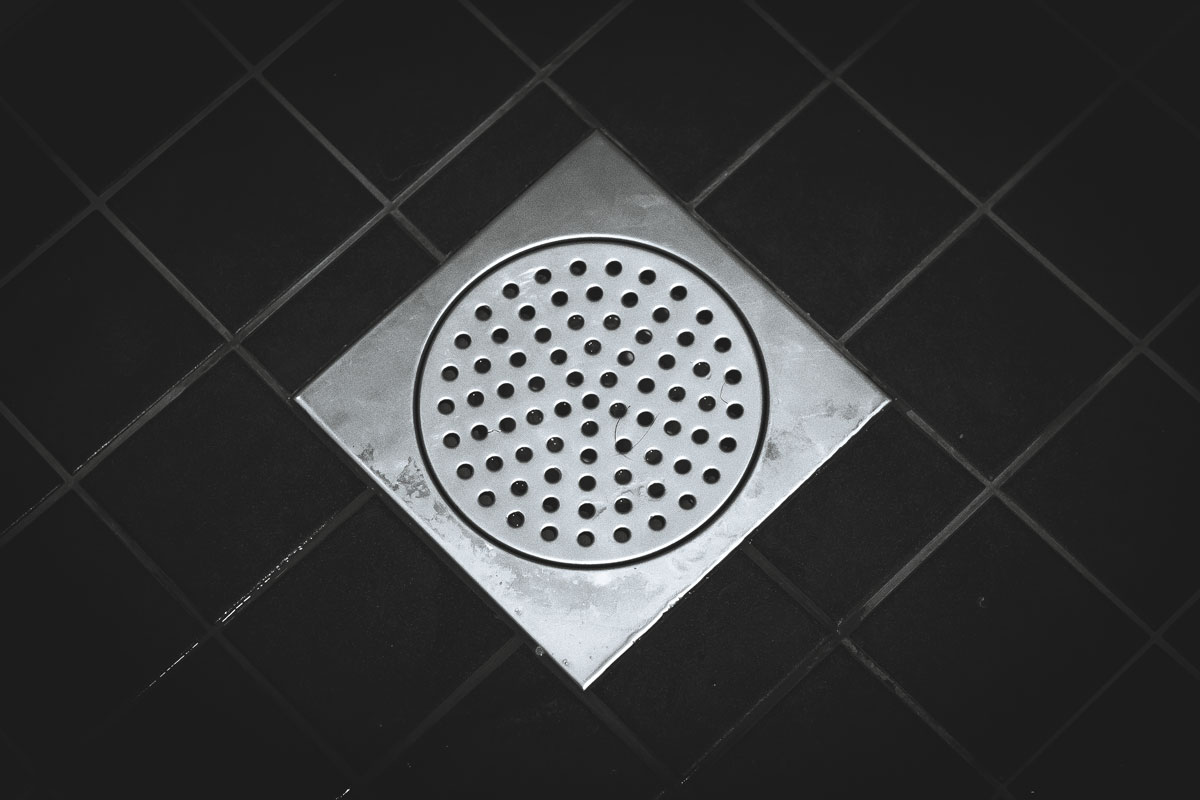
The shower drain vent has a 15-year lifespan. Because the vent is connected to the drain, unclogging it will help it last for longer. Make sure the unclogging solution is not acidic, as this can dissolve pipes.
How to Unclog Shower Drain?
If your drain is clogged, perform these steps:
- Spill water down the drain.
- Use a rubber strip to remove the trapped hair or any other dirt.
- Pour an unclogging solution down the drain based on the product's instructions.
- Drain it with water.
See this clog remover on Amazon.
Conclusion
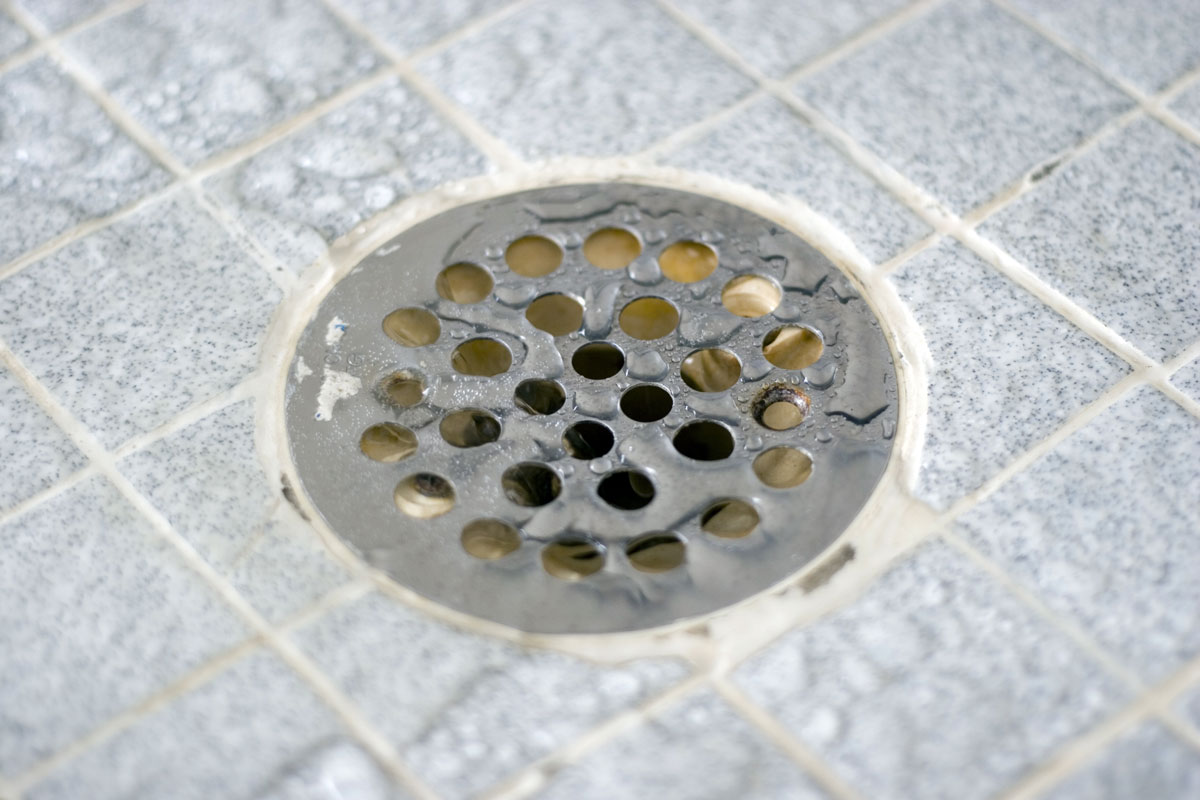
Venting the shower drain can offer plenty of benefits for convenient daily use. Vents and pipes are the two basic components of plumbing. It's important to be mindful of how they work together.
Did you like this article? Go ahead and read our other posts:
How To Winterize A Hayward Pool Heater
Should A Fireplace Match The Kitchen Backsplash Or Cabinets?







